A Drill to Teach Hitters the Ideal Contact Point for Maximum Power and Accuracy
The Contact Point Drill helps hitters understand the ideal point of contact with the ball, leading to more powerful and accurate hits. This drill reinforces timing, positioning, and swing path, ensuring players make contact with the ball at the optimal spot.
This a powerful tool for building consistency, power, and control in hitters. By learning the ideal spot to make contact for each pitch location, players can improve their accuracy and hitting strength, becoming more effective at the plate.
Difficulty Rating: ★★☆☆☆ (Moderate)
Time Estimate: 10-12 minutes
Setup:
- Equipment Needed:
- Batting tee (adjustable to help players find different contact points)
- Bat for the player
- Soft baseballs or training balls (for safety and easy cleanup)
- Markers or cones (optional, to visualize the ideal contact point)
- Player Positioning:
- Set up the batting tee at different locations relative to the player’s stance. For example, set the tee slightly in front of the player for pitches they would pull and farther back for pitches they would drive to the opposite field.
- The player stands in their regular batting stance, adjusting based on where the contact point is positioned.
- Contact Point Markers:
- Optional: Place markers on the ground in front of home plate to indicate where the player should meet the ball for inside, middle, and outside pitches.
How to Run the Drill:
- Setting Up Contact Points:
- Set the tee to represent the desired contact point. For example, an inside pitch’s contact point is slightly in front of the plate, while a middle or outside pitch would have a contact point closer to the plate.
- The player should align themselves with the tee based on where the contact point is positioned.
- Executing the Drill:
- The hitter focuses on swinging to make contact with the ball at the set contact point, aiming to drive the ball with a level, controlled swing.
- The player should practice hitting balls from different contact points (inside, middle, outside) to understand how to adjust their swing to each pitch location.
- Reinforce that the player should stay balanced, with a short and direct swing path to the ball, aiming to meet the ball solidly at the contact point.
- Repetitions:
- Perform 10-12 swings for each contact point location. Rotate between inside, middle, and outside contact points to help the player develop adaptability and familiarity with each spot.
Why You Run This Drill:
The Contact Point Drill helps players understand the timing and positioning needed to hit the ball effectively. Recognizing the ideal contact point for each pitch location improves power and accuracy, and helps players make consistent, solid contact. It also builds confidence and teaches players to adjust their swing based on pitch location.
Key Skills Developed:
- Timing and Swing Adjustment: Players learn to time their swing to meet the ball at the ideal contact point, ensuring better control and power.
- Understanding Pitch Locations: By practicing different contact points, hitters learn where to meet the ball depending on its location in the zone.
- Improved Consistency and Confidence: With repeated practice, hitters develop a stronger, more reliable swing, boosting confidence at the plate.
Pros and Cons of the Contact Point Drill
Pros:
- Improves Hitting Consistency: Helps players make more solid contact by focusing on the ideal spot to meet the ball.
- Enhances Bat Control: The drill teaches players to adjust their swing path and timing based on pitch location.
- Builds Versatility: Practicing different contact points prepares players for various pitch types and locations, making them more adaptable hitters.
Cons:
- Requires Patience and Focus: This drill can be challenging for younger players as it requires focus on details like swing path and timing.
- Limited Game-Like Simulation: Since the drill uses a stationary tee, players don’t get the feel of timing an actual moving pitch, which they’ll need to practice separately.
Coaching Notes & FAQs
Coaching Tips:
- Emphasize Balance and Control: Remind players to stay balanced and not rush their swing. The goal is to make solid contact at the right spot, not to swing harder.
- Focus on Each Contact Point Separately: Don’t rush through different locations. Allow the player to focus on one contact point at a time, reinforcing muscle memory and consistency.
- Adjust for Body Type and Swing Style: Every player has a slightly different swing and stance, so adjust the tee location as needed for each player’s comfort and effectiveness.
Frequently Asked Questions:
- How do I know if the player is hitting the ball at the correct contact point?
- Watch where the ball goes after contact. If the player is hitting inside pitches out in front, they should be able to pull the ball with power. Conversely, outside pitches should be driven toward the opposite field. You can also mark the ideal spot on the ground for reference.
- Can I use this drill for younger or beginner players?
- Yes, but be patient with beginners as they get used to adjusting their swing path and timing. Start with just one or two contact points and gradually introduce others as they become more comfortable.
- How often should this drill be used in practice?
- The Contact Point Drill can be done 1-2 times a week, especially in sessions focused on swing mechanics. It’s a great complement to other soft toss or live pitch drills to reinforce timing and contact skills.
- How can I make this drill more challenging?
- To increase the difficulty, try having the player close their eyes after setting up, open them as the toss comes in, and adjust their swing quickly. Alternatively, mix in live soft toss to create variability in pitch height and angle, which requires faster adjustments.
